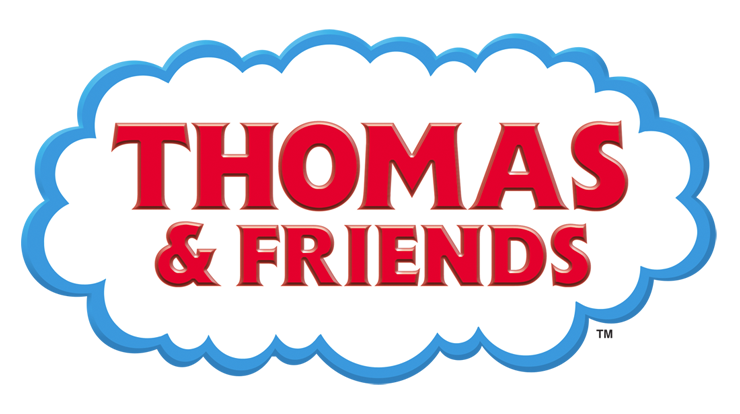
If you've been following me for the past few weeks, you may have noticed that I'm a big fan of anything train related. I've always enjoyed trains, and I believe my affinity for them began when I was very young thanks to Thomas the Tank Engine. I grew up in the mid-90s, and we didn't have cable TV until I was 8 or so, which meant everything I watched as a kid was on over-the-air channels. Since PBS had the best children's programming, I became very familiar with shows like Barney & Friends, Sesame Street, and my personal favorite, Shining Time Station, which was one of the ways Thomas the Tank Engine was aired in the United States.
In the early 1940s, the Reverend Wilbert Awdry created Thomas the Tank Engine in stories he told to his son Christopher while he had a case of the measles. He based these stories on events he had observed since he was a railway enthusiast. Thomas the Tank Engine is based on an 0-6-0 style tank engine, which were being built frequently in the United Kingdom in the early 1940s. He would go on to publish the stories as The Railway Series, which became extremely popular. Ultimately, Rev. Awdry and his son Christopher published 42 books based on Thomas the Tank Engine's universe, the first in 1945, and the most recent in 2011. The entire collection of Rev. Awdry's original stories was published as one volume in 1997, and you can still purchase the book on Amazon. I remember my parents bought the complete collection for me when I was young, and we were able to read the stories, and I enjoyed them so much since I was also watching Thomas on television.
The television show began in the mid-1980s after the television rights to Awdry's stories were purchased by British television producer Britt Allcroft. Originally, the show's episodes were based directly on stories in The Railway Series, but eventually Allcroft began writing stories of her own for production. The first two seasons of the show were narrated by Ringo Starr, and in 1989, Allcroft began producing Shining Time Station, a live action show which aired in the United States and featured the character "Mr. Conductor," who would introduce each episode. Ringo Starr played the role of Mr. Conductor when the show began, and was replaced by George Carlin for the rest of Shining Time Station's time on air (and if you don't believe me that Ringo Starr and George Carlin were on a children's television show, here's the proof for Ringo and for George).
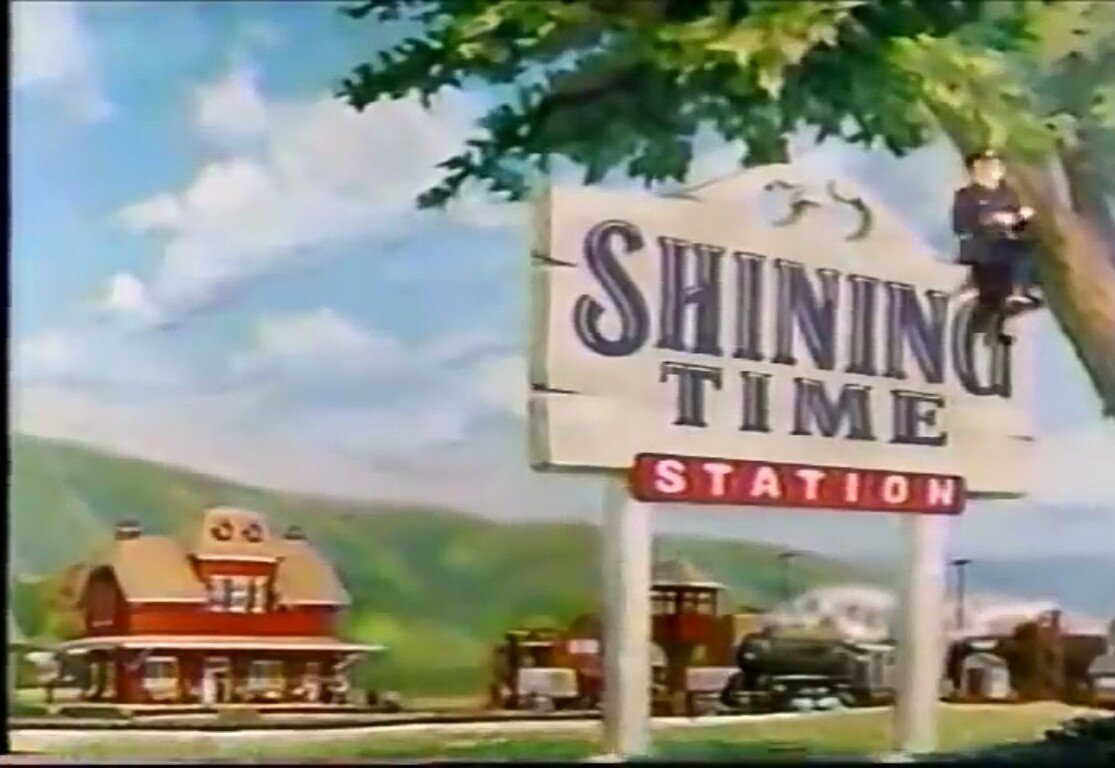
Shining Time Station is how I was introduced to Thomas the Tank Engine. It originally aired from 1989-1995, and reruns of the show were aired through 1998, right when I was a kid. The end of Shining Time Station was not the end for Thomas, however, as new series of the show continued to be produced and aired. My brother and I loved the show, and our parents bought us the die-cast models of the trains from the show, and after each episode, we would go recreate the story lines with our models on the floor of the basement (I'm also pretty sure my mother video taped us doing this at one point, which I'm sure would be entertaining to watch now).
A few years ago, my brother and I decided to go back and watch some of the episodes of Thomas & Friends mainly for old time's sake, but upon watching it, we noticed many themes which were either quite funny or impressive that they were worked into a children's television show. After watching probably way more than we should have of the show, we came up with a list of reasons why Thomas & Friends is the best possible show for children to watch. I'm proud to present these reasons publicly for the first time here.
1. Trains are neat.
This one goes without saying, but locomotives in general are fascinating. They have a rich history, they served and still serve a purpose in the world, and some of the models are impressive to look at. So why wouldn't children love a whole island full of talking trains? If you need further evidence, here are some pictures of trains for you to check out:
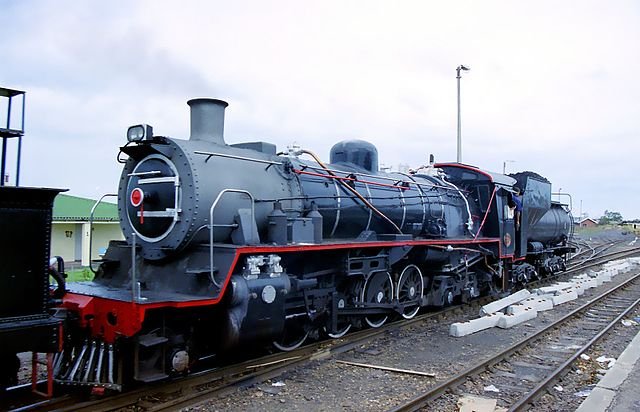
South African Class 24 2-8-4. Image: Bob Adams, Flickr
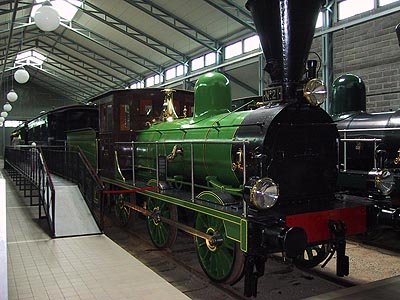
British "Neilson" steam locomotive (VR Class C1 no. 21). Image: Janke, Wikimedia Commons
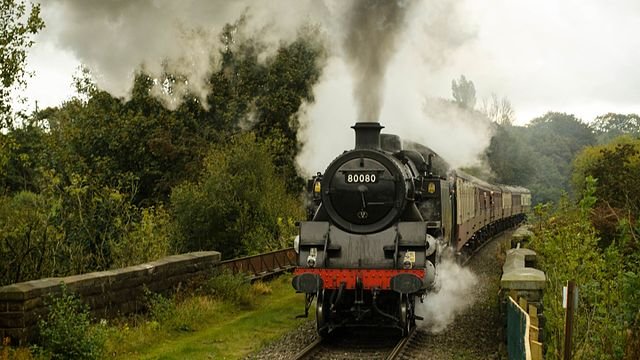
British Railways Class 4 2-6-4T. Image: Papapindy, Wikimedia Commons
2. Each Episode Lasts Around 5 Minutes
Anyone who has interacted with children knows that it's difficult to keep them focused on one thing for very long. I think one of the main reasons Thomas & Friends is so successful is that each story only lasts around 5 minutes. There's always a story line, but it's introduced and resolved in a span of time that a child can process more easily. This trend was picked up by many children's television shows throughout the 90s and even today. Instead of one story that lasts the entire run time of an episode, there will be 2 or more stories in order to keep the interest of children. Since Shining Time Station ran in a half hour slot, this meant that you'd get to see multiple stories during each show. I remember being excited about this when I was a child, because when one story ended, I knew I'd get to see several more before the show was over. It's quite impressive that the writers and producers of the show managed to keep the story length so short. It's hard for me to keep a YouTube video down to 5 minutes, much less a children's story about talking trains that's based on a book. So if you have small kids who have trouble following longer TV shows, give Thomas & Friends a try. Maybe the short length will help!
3. Ringo Starr
This one is mostly joking, but what better way to introduce your kids to the Beatles. Tell them that the drummer narrated the first two seasons of Thomas & Friends!
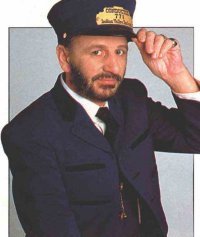
4. Lessons Learned from Each Adventure
I thought these would best be presented as sub-headings, because the values and principles taught by the stories of Thomas and his friends are what really convinced me that this is the best children's TV show.
- The Purpose of Following Rules and the Consequences When You Don't
<ul> <li>Many times the main plot of a story would include the railroad controller (Sir Topham Hatt) implementing a set of rules for the trains to abide by. The engines would be clearly distraught or upset at the new rules, so they would ultimately do their best to bend the rules or even outright break them. This usually led to some sort of humiliation or sometimes even an accident. This "actions and consequences" theme occurs in one of Awdry's very first stories about the engine Henry, who upon getting a new coat of paint, refuses to leave a tunnel when it starts raining. He's reprimanded by Sir Topham Hatt, but he still refuses to move (humorous given that the trains do have drivers who operate them, but can still control their own movements). To teach Henry a lesson, Sir Topham Hatt closes down the rail line that Henry is parked on, boards up the tunnel, and makes Henry sit there in his tunnel indefinitely. Henry eventually learns that he must continue to do his job even in the rain, and he has to be towed back to the rail yard in shame since his coat of paint has been tarnished by dirt and dust from being in the tunnel so long. </li> </ul>
- Simple Economics
<ul> <li>Supply and demand are the two most basic concepts involved in economics. Thomas and Friends does and excellent job of presenting them to children in an easy-to-understand way. First, it's very clear that the Island of Sodor (the imaginary home of the trains) is a popular tourist destination. Many times during the stories if the trains are acting up, passengers will complain to the controller and then leave, causing a decline in the tourism industry. Passengers often will not visit the island if there is bad weather, causing the trains to remain in the shed because there is no demand for them. There are also several resources on the island, the most important being coal, since the trains are steam engines. When there isn't any coal available, the trains can't run. There are several more examples of this, including when trains are delayed. One of the most recurring phrases in the series is when Sir Topham Hatt tells the engines they have caused "confusion and delay," something hopefully kids will learn to avoid. </li> </ul>
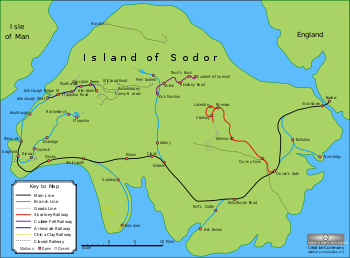
- The Importance of Friendship
<ul> <li>Often various conditions on the Island of Sodor will cause conflict among the trains. Most of the time this is something trivial, like one train gets to carry a special cargo somewhere, or someone gets a new coat of paint before the others, etc. However, many times the engines don't deal with this conflict well, and begin to be mean, or "cheeky," toward the other engines. Many times this results in a situation where they must call on their friends for help in an embarrassing situation, and the engines resolve their differences and come together to help each other. This is a great lesson for children since it's important to know that being someone's friend is more important than being at odds with them. </li> </ul>
- How to Deal with Adversity at Work and How to Express Concerns the Correct Way
<ul> <li>This one piggybacks right off of the friendship scenarios, because the engines are all friends, but they ultimately work on a railroad together. They face situations as friends and as coworkers, so the ways in which they deal with adversity and conflict can also apply to the workplace. Instead of lashing out at the other trains, sometimes they will make their grievances known to Sir Topham Hatt by asking to speak with him. This is a great way to show kids how to approach having your voice heard in the proper way. The engines don't always get what they want, but the resolution of the situation is often better when they go through the proper channels rather than taking matters into their own hands. </li> </ul>
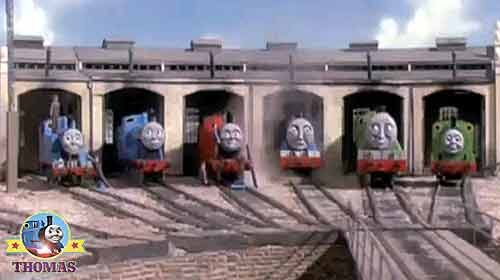
- The engines also have grievances against the railroad in general sometimes. They will disagree with the way Sir Topham Hatt has implemented a rule, so many episodes deal with the fallout from these situations. One time, the engines all just decide to stay in their sheds one day when they don't like what's happening. Sir Topham Hatt tells them they've caused "confusion and delay," and if they don't come out, the railroad may have to shut down because no passengers will come (back to the supply and demand aspect). However, another time, the engines decide to host an indignation meeting (and yes, the narrator uses that word in the episode, so your kids might pick up some vocabulary while watching as well) to address their concerns among each other. This approach works much better than the going on strike aspect.
- Diversity
<ul> <li>In most of Awdry's original stories, the trains are the primary subjects, but occasionally, the trains must interact with other characters, such as buses, cars, lorries (gotta love the British influence), helicopters, cranes, and most dreadful of all- diesel engines. Often it's hard for the trains to leave their comfort zone to interact with the other characters, and many times they will make fun of the other characters among themselves. Many times, however, the new character will be able to prove his or her importance, for example, Thomas meets a traction engine (similar to a bulldozer) named Terence, and he tells his driver he thinks Terence looks very funny. But when Thomas gets stuck in some snow when his wheels can't grip the track, Terence springs into action and pulls Thomas out of the drift with his traction wheels. Thomas and Terence then become friends, and it works out well in the end. This is a great way to show kids that even if someone looks different or acts differently, they should treat them with respect because they all must live together and work to make the Island of Sodor a better place. This also teaches kids that helping each other is important, so I think this is a great aspect of the show for sure. </li> </ul>
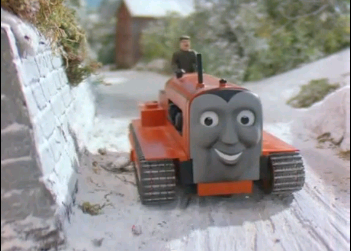
5. The Train-themed "soft swearing"
I've saved my personal favorite for last because it's probably what makes the show funniest for me watching it now as an adult. Many times on children's shows, you'll see a variety of euphemisms for the characters to exclaim when something exciting or bad happens. The train-themed soft-swearing on Thomas & Friends is probably the most entertaining use of such euphemisms that I've ever seen. If something bad happens, you might hear one of the trains exclaim, "Bust my buffers!" or "Bother!" In fact, I took it upon myself to make a compilation of some of the funniest moments where these phrases are used, so if you'd like to see what I'm talking about, you should watch this video. It's quite entertaining.
So there you have it. My reasons for why Thomas & Friends will always be one of my favorite children's TV shows. As far as I know, episodes are still being produced, but starting in 2009, the trains were animated with CGI instead of being filmed on model railroads, which was very disappointing to me, but I'm sure it saves time and money. There will be no substitute for those original episodes narrated by Ringo Starr, George Carlin, and even Alec Baldwin. I suppose we'll never know if the writers intended to create such a well-rounded television show, but I believe much of the wholesome content stems from Reverend Awdry's original stories he told to his son. I'll always love Thomas & Friends, and I hope you and your children do too. I know I'll be getting out the Thomas DVDs and VHS tapes I still own if I have children of my own some day.

